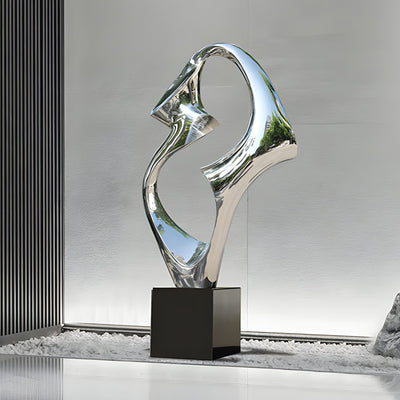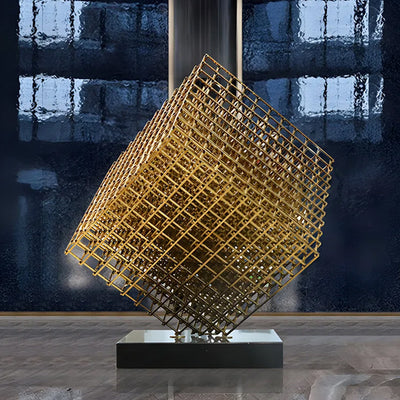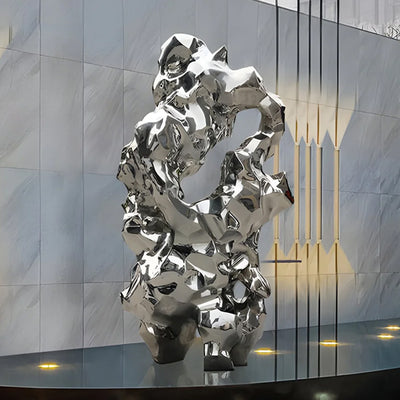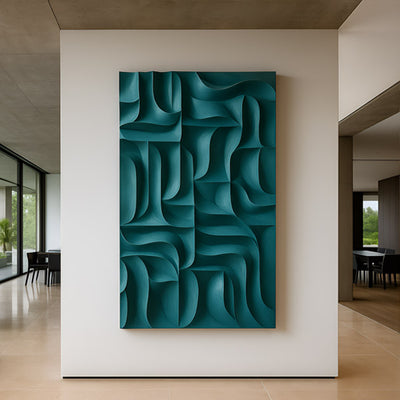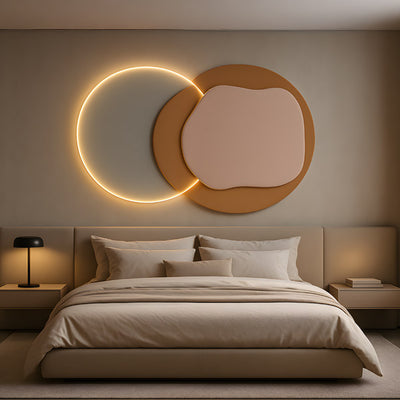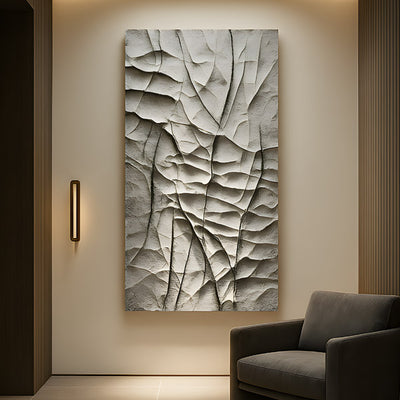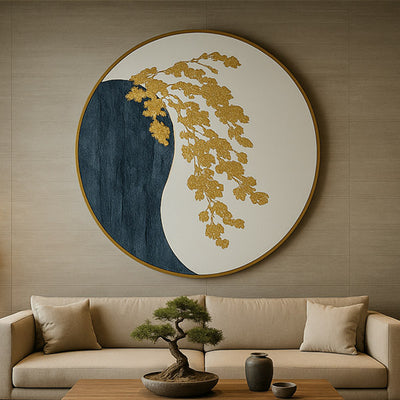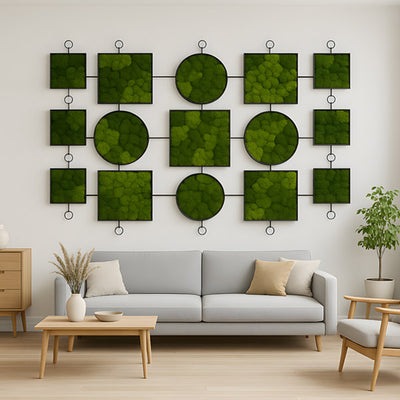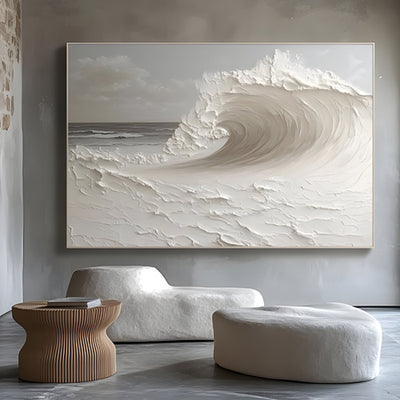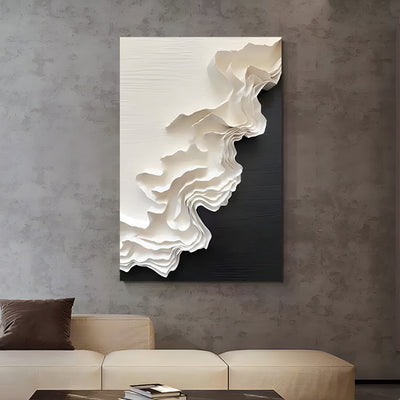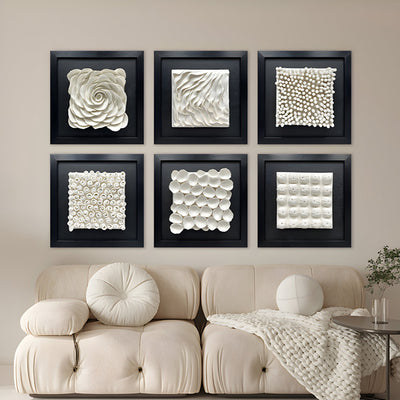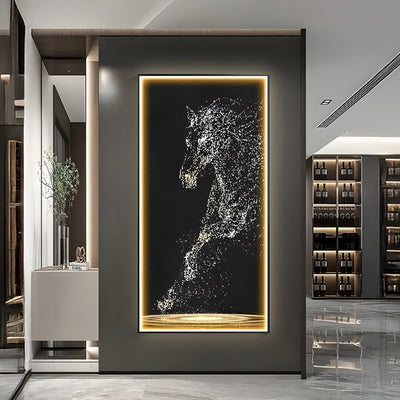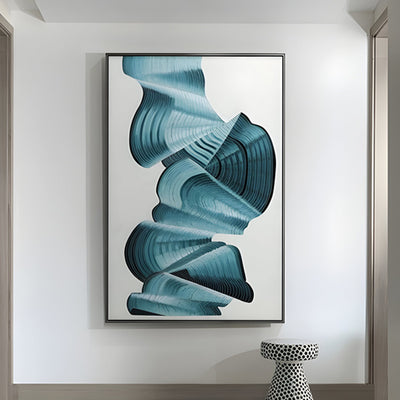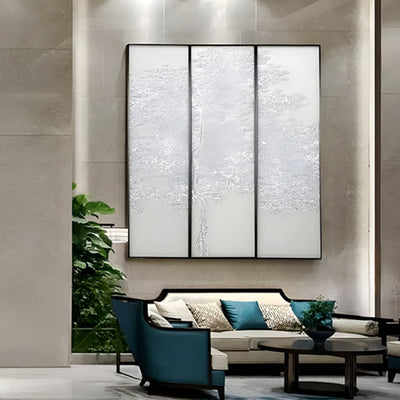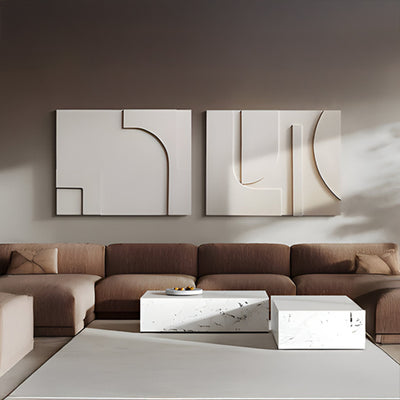There’s something powerful about marble. Its cool surface, soft sheen, and ancient presence have spoken to artists and admirers for millennia. From the towering columns of Greek temples to the iconic works of Michelangelo, marble sculptures embody permanence, prestige, and human craft.
But marble art hasn’t stood still. Today’s sculptors are pushing the boundaries of this timeless material, blending classical carving techniques with digital modelling, robotic arms, and unexpected elements like resin and LED lighting. The result? A new era of marble sculptures, rich in heritage, but firmly rooted in innovation.
In this article, we’ll explore marble’s artistic journey. From mythic origins and classical mastery to the digital frontier, we’ll look at iconic works, cutting-edge tools, smart advice for buyers, and how to care for your sculpture long-term.
Marble’s Storied Legacy
From Deities to Dynasties
The roots of marble sculpture reach back over 2,000 years. Ancient Greeks favoured Parian and Pentelic marble for their temples and statues, appreciating its fine grain and subtle glow. They crafted idealised gods and athletes with remarkable realism, laying the groundwork for Western sculpture.
Later, the Romans took these techniques further. They embraced Carrara marble, sourced from northern Italy, to produce busts of emperors, detailed reliefs, and sprawling public artworks. They understood what collectors still know today: marble, when carved with intent, carries weight both literal and symbolic.
Tools of the Old Masters
Before CNC machines and 3D scans, sculptors relied on a specialised toolkit. Pointing machines helped them transfer proportions from clay models to stone. Chisels, rasps, and rifflers shaped contours. Finishing tools, including abrasives and leather pads, brought out the marble’s natural glow. These classical marble carving tools are still used today by some traditionalists.
Benchmarks of Excellence
Michelangelo’s David remains the gold standard in classic sculpture, a feat of anatomical precision, carved from a single block of Carrara marble. Bernini elevated marble’s emotional power in Apollo and Daphne, capturing skin, leaves, and flowing hair with near-impossible finesse. These pieces remind us that marble, when handled with care and craft, becomes almost weightless.
Modern Innovations in Marble Sculpture
Digital Design & 3D Modelling
The chisels remain, but now they’re guided by software. Artists and architects use CAD (Computer-Aided Design) programs to sketch, refine, and visualise sculptures before ever touching stone. With 3D marble modelling, creatives can prototype digitally, tweak proportions in real-time, and simulate how veining will interact with form.
CNC & Robotic Carving
Enter CNC marble carving, a game-changer in both precision and sustainability. With a digital file, a computer-controlled machine can rough out a sculpture in hours, reducing physical strain and material waste. Robotic carving arms are now capable of replicating fine detail at massive scale, making giant marble sculptures feasible for public and private spaces.
But tech doesn’t replace the artist, it supports them. Once the machine does the heavy lifting, sculptors refine by hand, restoring the tactile marks that bring a piece to life.
Hybrid Materials & Mixed Media
The most forward-thinking artists are pushing marble beyond tradition. In mixed-media marble art, the stone is paired with industrial materials like steel, copper, or smoked glass. Some embed LED lighting directly into the sculpture. Others use tinted resins to fill carved voids, creating contrast and visual tension. These modern touches make marble feel both ancient and of the moment.
Iconic Case Studies: Tradition Meets Tomorrow
Barry X. Ball’s Laser-Scanned Pietàs
New York sculptor Barry X. Ball reimagines Renaissance forms using modern tools. His reinterpretations of classic works, like Michelangelo’s Pietà, begin with 3D scans, followed by CNC carving in rare marbles such as translucent onyx. The result is both homage and evolution, merging digital sculpting with the discipline of classical form.
Monumental Public Installations
Marble has made a comeback in urban design. Contemporary stone art projects across Europe and Asia feature massive marble blocks cut and carved robotically. These outdoor marble monuments often appear in parks and public plazas, juxtaposing ancient material with minimalist, futuristic form.
Giant Sculptures’ “Beyond the Vein” Series
Our Beyond the Vein collection embraces marble’s raw essence. These abstract marble works preserve the natural veining of each block, enhancing it with subtle geometries and minimalist cuts. Ideal for grand interiors or corporate spaces, they offer a modern statement steeped in tradition.
Materials & Techniques Deep-Dive
Choosing Your Marble
Not all marble is created equal. Carrara (Italy) is known for its blue-grey veining and workability. Pentelic (Greece) offers a warm, creamy tone used in ancient temples. American Danby marble boasts bold veining and high polish potential, perfect for larger contemporary pieces. The choice of stone influences not only the sculpture’s look but how it’s carved and finished.
Finishing Techniques
Surface finish transforms mood. A high polish brings out clarity and colour in veining, ideal for modern showpieces. A honed finish creates a softer, matte feel. Sandblasted or acid-etched finishes add texture, catching light differently and often used in outdoor settings for grip and weather resistance.
Sustainable Practices
Sustainability is growing in importance. Some studios work with marble offcuts from building projects, giving the material new life. Others reduce energy use by integrating solar-powered equipment. Even in the carving process, smart planning and CNC tools minimise waste. These approaches make collecting marble sculptures more eco-responsible than ever.
Selecting & Caring for Marble Sculptures
Buyer’s Checklist
Before investing in a marble sculpture, consider:
Size & Weight: Make sure the sculpture fits your space and can be safely displayed.
Vein Orientation: Does the veining enhance the design, or distract?
Finish Level: Polished for indoor display, or honed/sandblasted for outdoor?
Provenance: Know your stone source, it adds value and heritage.
Placement: Indoor sculptures require less maintenance, while outdoor marble needs weather planning.
Marble Maintenance Basics
Marble is durable, but it’s not maintenance-free:
Dust regularly using a soft cloth—avoid micro-abrasives.
Clean gently with pH-neutral soap and distilled water, never vinegar or bleach.
Protect from UV using blinds or UV-filtering film for indoor sculptures.
Seal outdoor sculptures annually with breathable stone sealant to prevent weather damage.
Avoid handling with bare hands too often, skin oils can affect some finishes.
For antique or high-value pieces, it’s worth scheduling a professional inspection every few years.
Stone That Speaks Across Time
Marble sculptures embody more than just beauty, they represent continuity. From ancient Greece to contemporary showrooms, marble’s story is about reinvention through craftsmanship. Whether carved by hand or machine-guided, marble still captures something that resonates: permanence, elegance, and human touch.
Thinking of starting your own collection? Whether you’re drawn to classical figures, abstract compositions, or bold contemporary pieces, there’s a marble work that speaks to your style, and lasts a lifetime.
👉 Explore Giant Sculptures’ marble collection and discover sculptures where tradition meets technology.

























